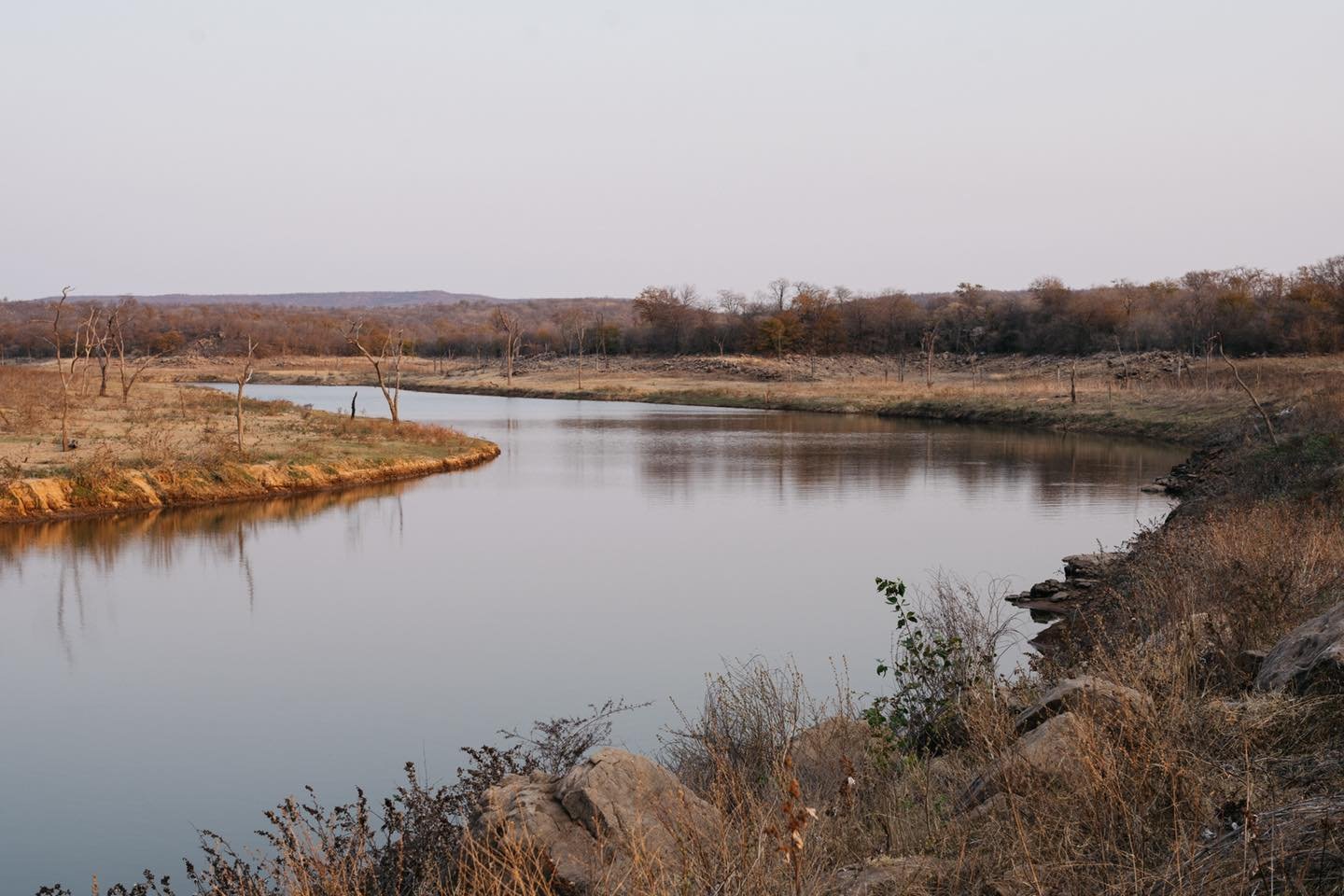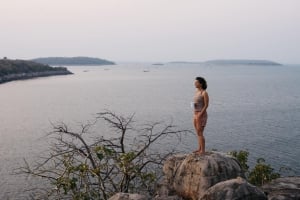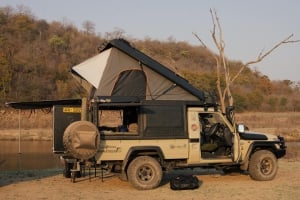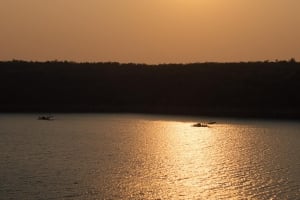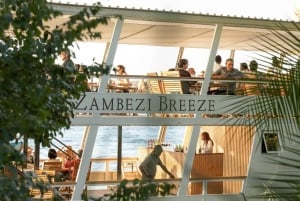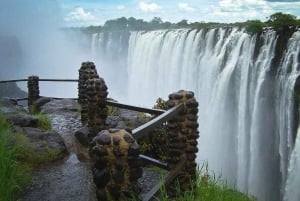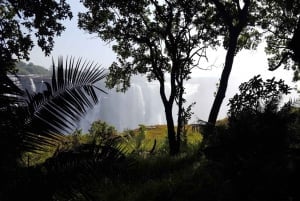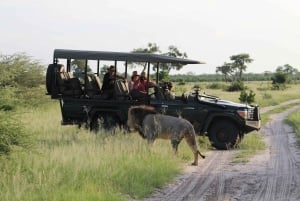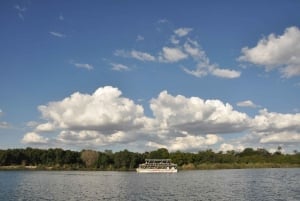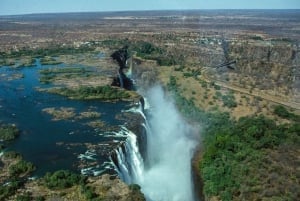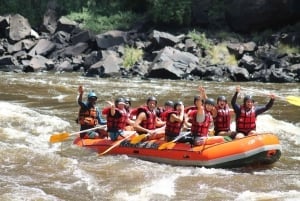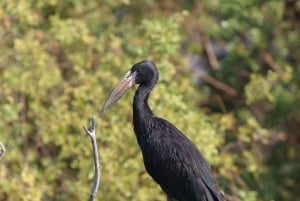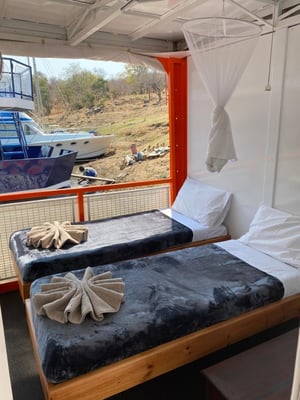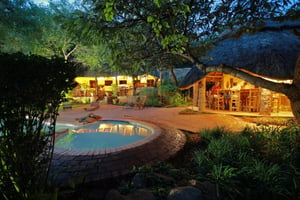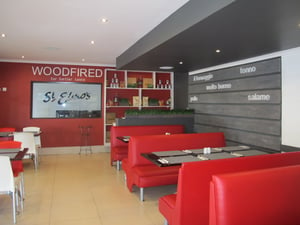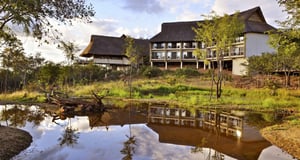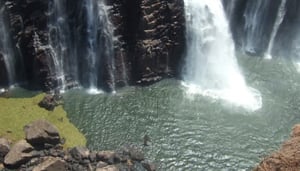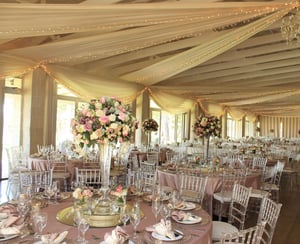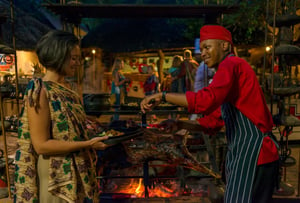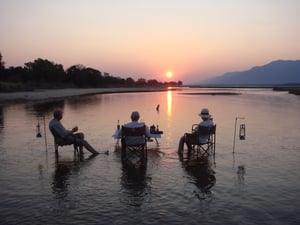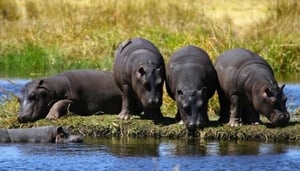Gorgeous Indigenous Forests In Chizarira National Park
Book Top Experiences and Tours in Zimbabwe:
If youʻre booking your trip to Zimbabwe last minute, we have you covered. Below are some of the top tours and experiences!- Victoria Falls: Dinner Cruise on the Zambezi River
- From Kasane: Victoria Falls Day Trip (Zimbabwe side)
- Victoria Falls: Guided Walking Tour
- Chobe Day Trip from Victoria Falls, Zimbabwe
- Victoria Falls: Zambezi River Sunset Cruise
Just one short hour ago and we were descending through the gorgeous indigenous forests of Chizarira National Park. The Parks staff had coordinated with ZRP. A police report detailing the Beast’s immaculate revival and subsequent collision into our vehicle would be sent by email (yes, email) to Graeme for his insurance claim. And so earlier that morning, the Beast was jump-started, reversed off of our door, and growled off in a plume of smoke to work another day. And so too, we had to get back on the road. But thankfully not before taking a scenic loop to the Kariba Viewpoint.
“I think that’s one of the most beautiful drives I’ve ever done in my life” - that’s Graeme who has traveled much of Africa, Europe, and New Zealand. If oxygen were a tradable resource, Chizarira would be the most profitable land in the Parks Estate portfolio. Someone much cleverer than I will have a formula that calculates just how much fresh, clean air is pumped out for the good of Zimbabwe’s humanity by Chizarira. Proof of formula or not, it’s a gem and one that we Zimbabweans should cherish.
Seriously. Go camp. Go explore. Just go. It’s a gorgeous park. We drove the loop during the hottest part of the day and saw a herd of buffalo, two reedbuck, a nice-sized herd of kudu with young, and to put the cherry on the drive, a pair of Peregrine Falcons. We had just scratched the surface. There is around 1500km2 we hadn’t seen; Buck and I are already planning our return. We, as the public, need to support our national parks and demonstrate their worth. If we don’t, who knows? Maybe they’ll go. And it will be on our watch. It’s up to us to ensure these parks, set aside for the public, remain. It’s up to us to ensure these parks are first and foremost for conservation.
There’s too much swirling around my head, too many thoughts about game corridors, rural livelihoods, land use, legacy, and the future. There are still three months till the first rains.
Our first night in Chete was spent at the Chete Fishing Camp. Thank you Wayne Detrickson for having us. The hot showers and clean sheets were very welcome after 7 days of camping. Sipping tea at Kariba’s edge, watching the fleet of Kapenta boats pour into the gorge for a night of fishing brought the disparity of the area home.
It was surreal given where we had been: the most tree-covered place I had ever set foot on. It was surreal given where I was standing now: overlooking Kariba from a sand veld forested Safari area with plenty of signs and sounds of elephant, buffalo, impala, black eagles, fish eagles, and freckled nightjar. It was surreal given the space between burnt, harsh communal lands dotted with round mud, pole, and thatch huts. I had naively believed mud huts had largely been replaced by brick and corrugated roofing sheets in Zimbabwe. I was wrong.
The peopled landscape between Chizarira and Chete looks to be verging on inhabitable. At pit stops the children who came to say hello were friendly, curious, barefoot, and as far from opportunity as one could probably get in this country. There but for the grace of God go I. We are doing something seriously wrong if the unpeopled landscape on either side of this impoverished community is, despite all the issues of capacity and funding faced by Parks, biodiverse and vibrant. The peopled landscape is clearly struggling. Subsistence agriculture is not working. The area off of the lake shore is too arid and too tough. Goats and cows are eating the landscape into a state of desertification.
Our second night was extra special. We had been given permission to camp on the Ruzilukulu, an unspoiled, wild river that flows through the concession. Hyena. HUGE curious crocodiles appeared to hunt us from the moment we arrived. Hippo. Baboons. A tortoise. Impala. Crested Guinea Fowl. Freckled nightjar. If other humans had camped there in recent years, they had not done so officially. Being a safari area you’d expect everything to hightail it. Rather, we were watched, and that too was surreal. Spooky and surreal. The night was freezing. The stars were bright in a black, black sky. I am so very lucky.
There are crumbling black rhino skulls adorning a crumbling National Parks sub-base in Chete - an area that once fell within the highest contiguous concentration of rhinos in the country. The sub-base gardens were decorated with patterns of upended, emptied cane bottles planted amongst succulents. A cane bottle costs $1.50. It’s bottled in Harare and is ravaging our country. The Parks staff have been nothing but helpful and those we’ve met are doing the best they can with the little they’ve got. There are too many mopane flies attracted to my sweat.


